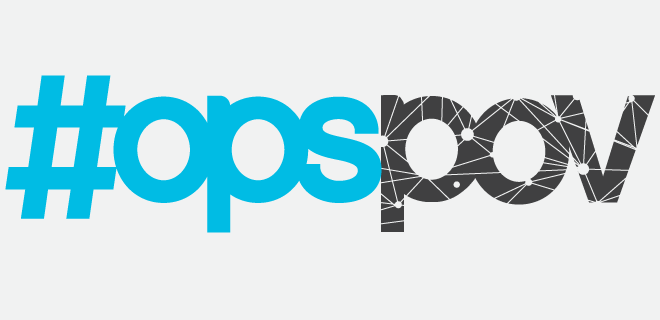
I returned from an excellent Publisher Forum in Montreal to hear that Mic was laying off part of its editorial staff and re-focusing on creating video content—mainly to grab the sweet CPMs the come with monetizing video. I feel like I’ve heard this story many times in the last few years from the likes of Mashable and others.
I’ll be the first to admit that alongside the “TV-ification” of the web there’s seemingly never-ending demand for quality video, and the revenue that accompanies is quite nice. Indeed, a growing layer of monetization is video distribution, in which content creators can find willing eyeballs and make money all across the Internet and into connected channels like OTT.
But as a nerd who still prefers to read on the web (though I can never say no to a great cat video), the VIDEO! VIDEO! VIDEO! rallying cry has left me cold. This is especially true when it comes newsy content—hard news, entertainment, whatever. I like Vox’s explainer videos and NowThis’ quick hits in my Facebook newsfeed, but I tend to watch them with the sound off. Basically I’m reading an article, or a slideshow that consists of bullet points with pictures.
Josh Marshall, Founder and Publisher of Talking Points Memo, actually had many great points about the video gold rush in the below Twitter thread. Regardless of your politics (yes, TPM swings very left), you should check it out because Marshall has done a solid job over the years of building a digital publishing operation from scratch. (I wasn’t the only one moved by the thread.)
Let me expand on or sharpen this point by saying something about advertising. I LOVELOVELOVE selling ads. Nothing abt this is …
— Josh Marshall (@joshtpm) August 17, 2017
The one that really rings out for me is #9: “[C]an we get our audience to watch videos at anything like the scale they read text?” I don’t think that question is asked enough. To really drive revenue through video, you need scale—you’re hoping every video goes viral. And I’d argue that scanning text requires less attention than watching a video.
Sure, publishers are trying to compensate for this with auto-playing video (and when scrolled past, video that shifts to the bottom right-hand corner) with sound off, sometimes on every page. Users seem to be accepting this practice, but they can tune it out just like a Flash banner. That failure to gain audience attention via sight and motion (remember—no sound!) will likely drive down video CPMs. Advertisers will want to distinguish between a pre-roll user-initiated with sound-on versus autoplay with sound off.
There’s something else—I spoke a bit at the PubForum with an attendee at a video-centric publisher, and a big issue they are having is increasingly relying on platforms like Facebook and YouTube for views. Users are viewing videos on-site less than ever, which is a drag because we’ve mentioned many times before that platform publishing seriously limits your monetization options.
So yes, those video ad dollars are swell, but selling the family farm to buy a stake in the video gold rush seems a mite extreme… Particularly if your audience cherishes you for your text content. If you’re really keen to boost on-site video content and advertising real quick-like, consider some of the video distribution networks out there. And as we’ve noted most recently in our Optimizing Video Advertising playbook, outstream video can be a useful channel if you wield it wisely.